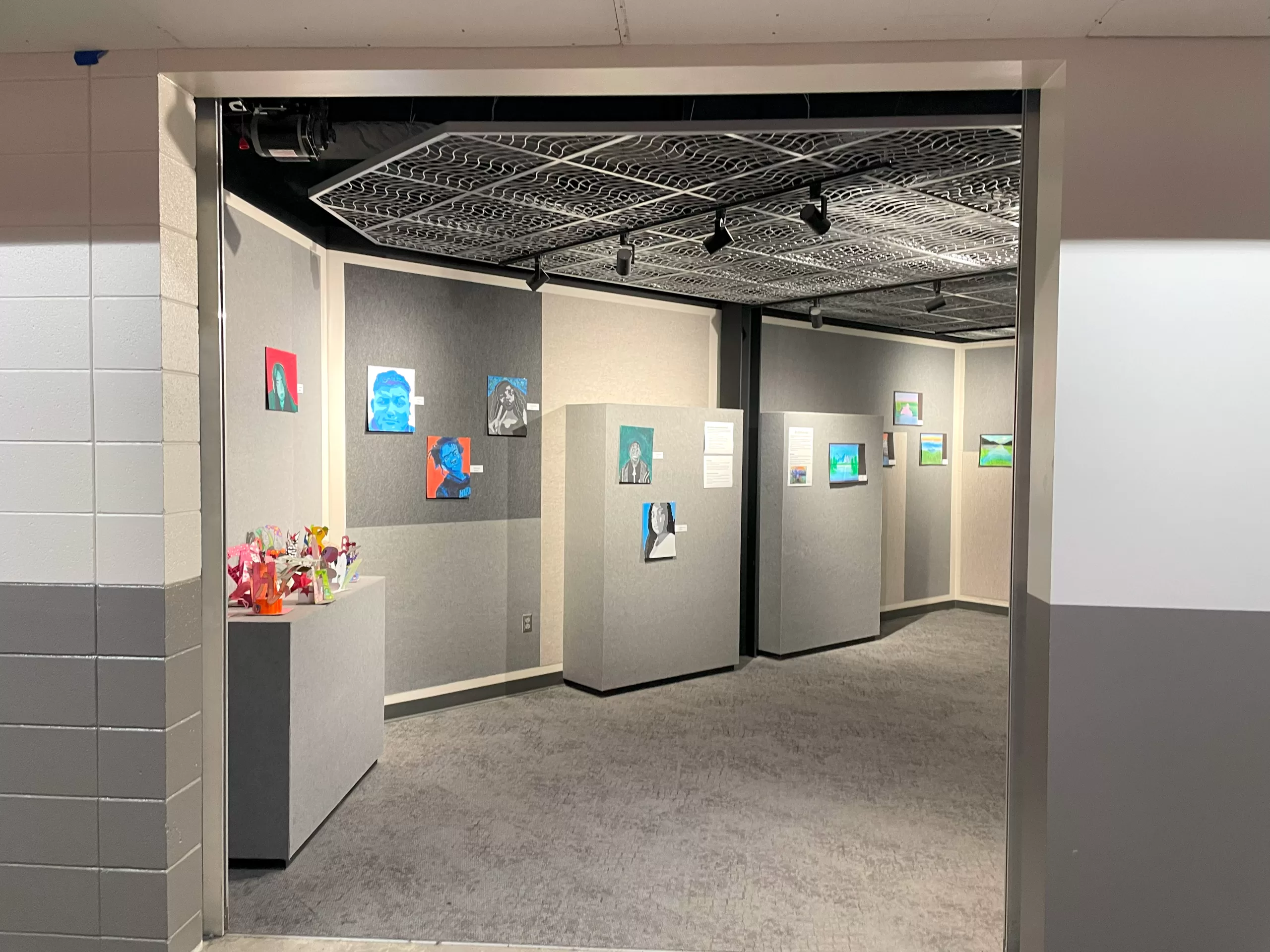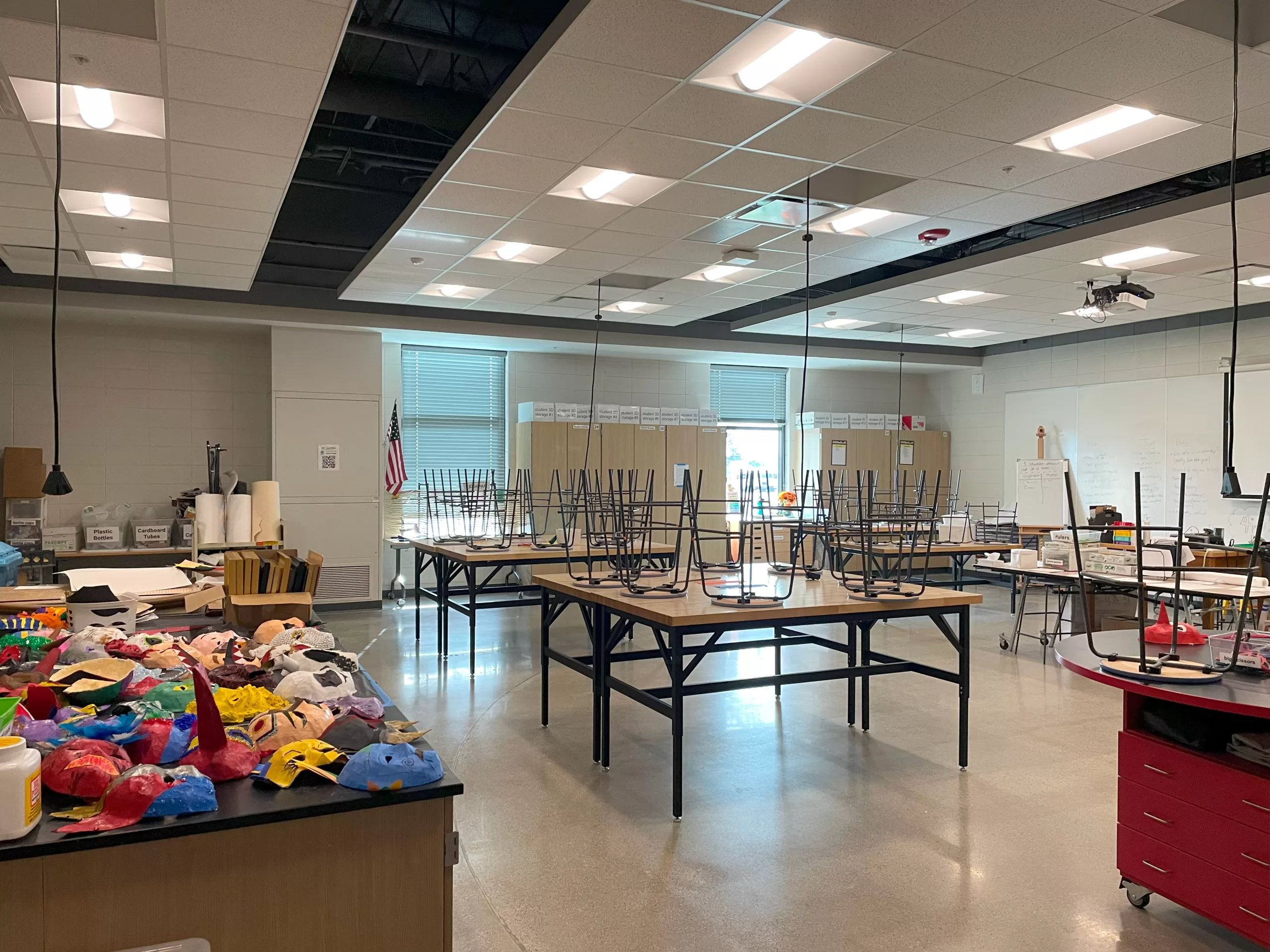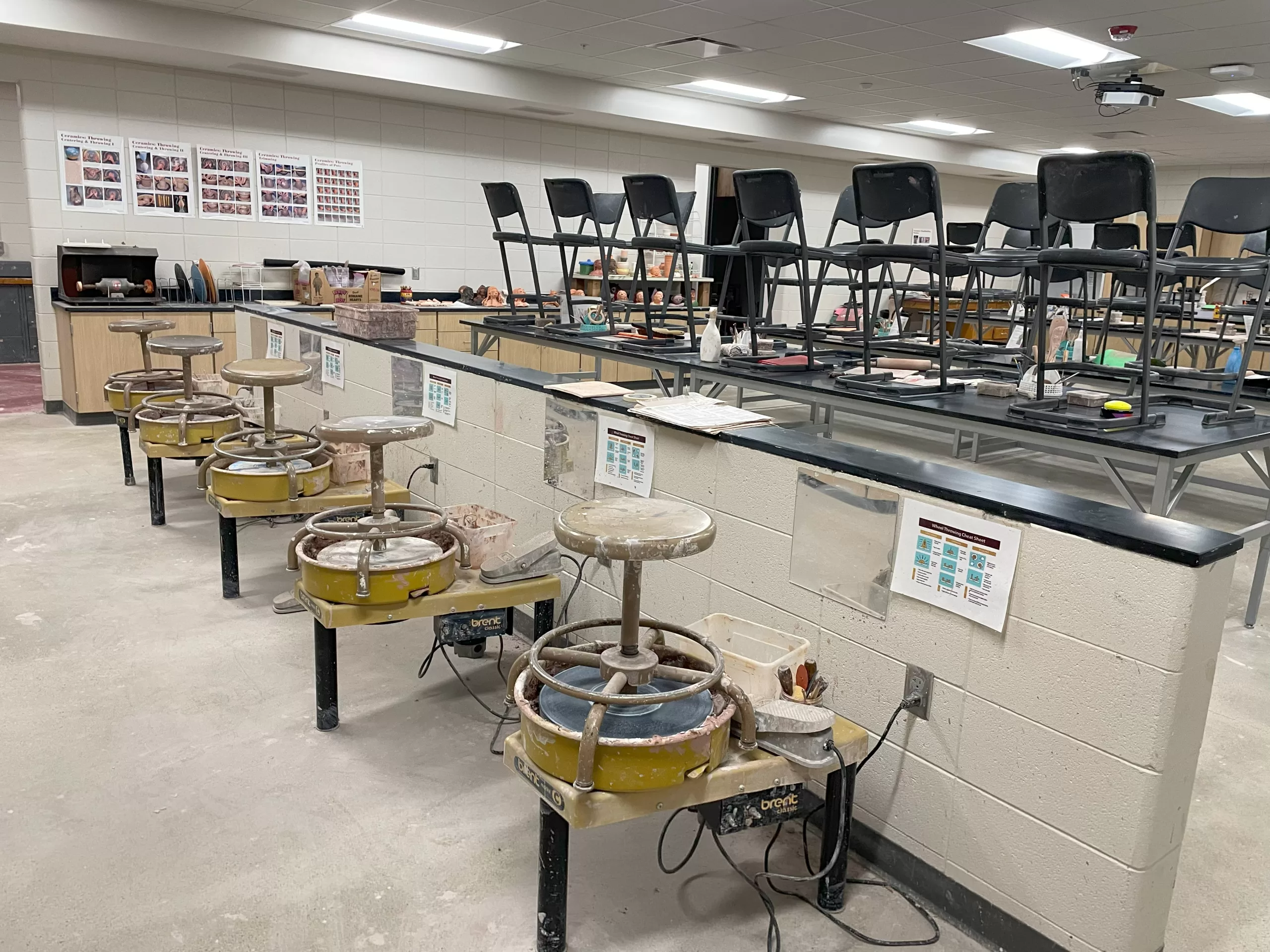Designing Art Classrooms That Promote Creativity, Collaboration, and Composition
By Jeremiah Hatfield, RA, LEED AP BD+C
March 21, 2024In most schools, there are few spaces less tidy than an art room with its tiny paper bits, residual clay dust, spilled water spots, and paint splashes.
During a renovation design, we often are directed to upgrade the building system and repair deficiencies but not instructed to focus on art room aesthetics because of the perception that art rooms generally appear to be unorganized. Despite the perceived chaos of these spaces, critical learning takes place. According to a report published by Rice University in February of 2019, students who participated in arts education had improved writing achievement, reduced disciplinary infractions, more engagement, and no drop in standardized test scores. They also demonstrated improved college aspirations.



